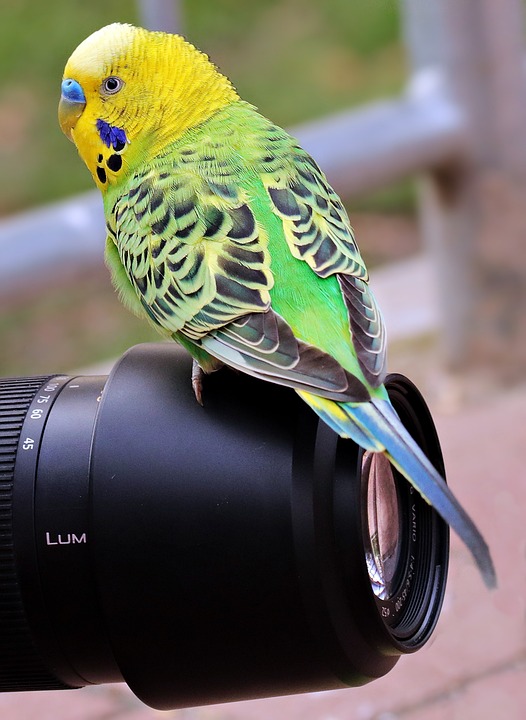Parrots are highly intelligent and social birds that can be trained to perform an array of tricks and behaviors. By using a combination of verbal cues and hand signals, you can effectively communicate with your parrot and teach them new tricks. In this article, we will explore various techniques and tips to help you encourage your parrot to perform tricks using these communication methods.
Understanding the Importance of Verbal Cues and Hand Signals
One of the main benefits of using verbal cues and hand signals in parrot training is the enhanced communication and trust-building between you and your parrot. Parrots are adept at understanding human language and gestures, and incorporating these cues into their training can help establish a clear line of communication.
Consistency and repetition play a crucial role in teaching tricks to your parrot. By consistently using the same verbal cues and hand signals, your parrot will learn to associate them with specific actions or behaviors. This consistency allows them to anticipate and respond to your cues more effectively.
Choosing and Introducing Verbal Cues
When selecting verbal cues for each trick or behavior, it’s important to choose clear and distinct words or phrases that are easy for your parrot to understand. For example, you might use “step up” for your parrot to hop onto your hand or “turn around” for them to spin in a circle.
To associate verbal cues with desired actions, positive reinforcement is crucial. Each time your parrot performs the desired behavior, immediately praise them and offer a reward such as a treat or verbal praise. This positive reinforcement strengthens the connection between the verbal cue and the desired action.
Gradually introduce verbal cues to your parrot, starting with simple tricks. Use the same cue consistently, and gradually reduce the need to physically guide your parrot through the action. With time and repetition, your parrot will begin to associate the verbal cue with the desired behavior.
Using Hand Signals in Parrot Training
Hand signals are particularly significant for parrots as they are highly visual creatures. By using hand signals, you can provide a clear and consistent visual cue for your parrot to follow.
When demonstrating hand signals, make sure they are easily distinguishable and not too complex. Use deliberate and exaggerated movements to ensure your parrot can interpret the signal clearly. Pair the hand signal with the corresponding verbal cue for effective communication.
Training Tips for Encouraging Trick Performances
When starting with trick training, it’s best to begin with simple and achievable tricks before advancing to more complex ones. This helps build your parrot’s confidence and sets them up for success.
Breaking down tricks into smaller steps can make learning easier for your parrot. For example, if you’re teaching your parrot to wave, start by rewarding them for lifting their foot, then gradually shape the behavior into a wave.
Positive reinforcement techniques such as treats and praise are essential for encouraging your parrot to perform tricks. By rewarding your parrot each time they perform the desired behavior, you are reinforcing their understanding of the trick and motivating them to continue learning.
Addressing Common Challenges in Parrot Training
During training sessions, distractions can pose a challenge. It’s important to maintain focus and minimize distractions as much as possible. Choose a quiet and familiar training area, and gradually introduce distractions once your parrot has mastered the trick in a controlled environment.
Each parrot has its own unique personality and learning style. Adjust your training techniques to suit your parrot’s individual needs and preferences. Some parrots may respond better to shorter training sessions, while others may thrive with longer sessions.
Patience, perseverance, and consistency are key factors in overcoming challenges during parrot training. Remember that each parrot learns at its own pace, and progress may be slower for some. Be patient and understanding, and never force your parrot to perform a trick if they show reluctance or discomfort.
Conclusion
Training your parrot to perform tricks using verbal cues and hand signals can be a rewarding and enjoyable experience for both you and your feathered friend. Remember to be patient, consistent, and understanding throughout the training process, and always prioritize your parrot’s well-being and comfort. With time and practice, you’ll be amazed at the tricks your parrot can master!









